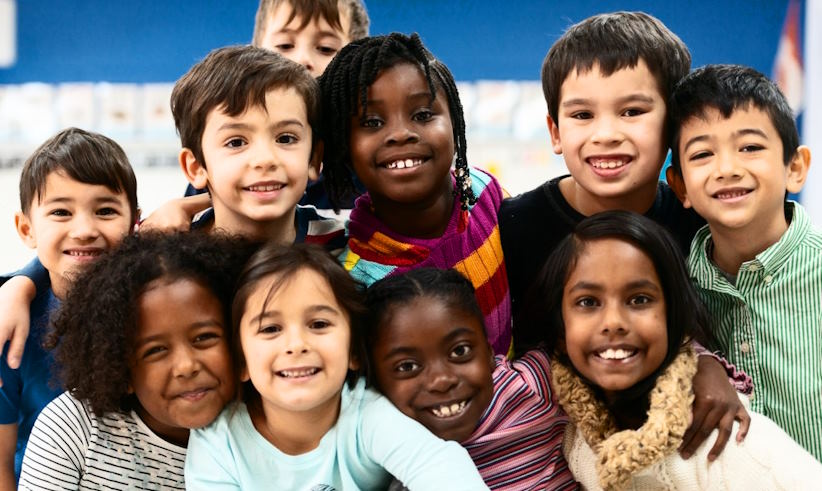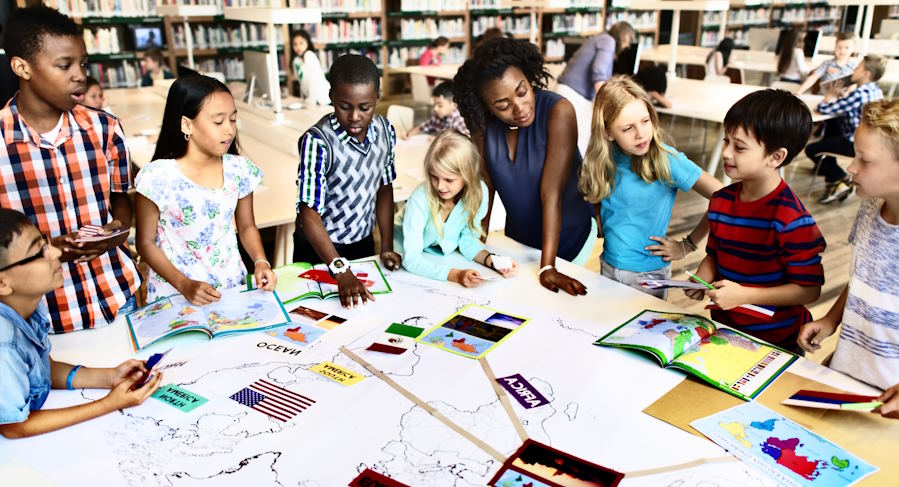
As parents, caregivers, and educators, we hold the power to shape the perspectives of the next generation and instill values that celebrate inclusivity. The journey towards a more inclusive society starts with the way we teach children about diversity – encompassing varying backgrounds, cultures, abilities, and perspectives. By embracing these practices, we can equip our children with the tools they need to contribute positively to a world that thrives on acceptance and understanding.
Strategies for Teaching Inclusion to Kids
In a world brimming with diversity, teaching kids about inclusion is a crucial step towards building a harmonious and understanding society. As parents and educators, we play a pivotal role in guiding young minds toward valuing differences and embracing empathy. Here are three effective strategies to initiate these essential conversations:
Age-appropriate conversations about differences
Starting early conversations about race, culture, and ethnicity is fundamental. Approach these topics with sensitivity, framing them in ways that are relatable to a child’s experience. When addressing gender and identity, simplicity is key. Explain that everyone is unique and can choose how they express themselves.

Reading and storytelling for empathy
Stories are windows into diverse worlds, fostering empathy and understanding. Curate a collection of diverse literature and stories that showcase characters from various backgrounds. Engage children by discussing the characters’ feelings and experiences. This encourages kids to step into others’ shoes and learn to appreciate different perspectives.
Encouraging open-mindedness
Teaching open-mindedness is essential for nurturing inclusive attitudes. Highlight the value of diverse perspectives by showing how they enrich our understanding of the world. Encourage active listening and respect for differing opinions, promoting healthy discussions that foster growth and understanding.
Activities to Foster Inclusivity
Creating a world that embraces diversity and inclusion requires more than just conversations; it demands active engagement and experiential learning. Here are three dynamic activities that not only teach kids about inclusivity but also allow them to experience its beauty firsthand:

Cultural celebrations and festivals
Immerse children in the rich tapestry of global cultures by exploring traditions, foods, and customs from around the world. This hands-on approach enables kids to appreciate the beauty of differences and recognize the common threads that bind us. Participating in multicultural events in the community further enhances their understanding, letting them engage with diverse communities and celebrate the uniqueness they bring.
Role-playing and empathy exercises
Role-playing is a powerful tool to help children understand others’ feelings and experiences. By simulating scenarios where they step into someone else’s shoes, kids gain insights into perspectives different from their own. This exercise nurtures empathy, teaching them the value of compassion and the importance of considering others’ feelings.
Collaborative art and projects
Art has the ability to transcend boundaries and communicate ideas beyond words. Encourage children to create diverse art that symbolizes unity and friendship. Additionally, group projects that require teamwork and diverse perspectives promote cooperation, helping kids realize the strength in working together despite differences.


